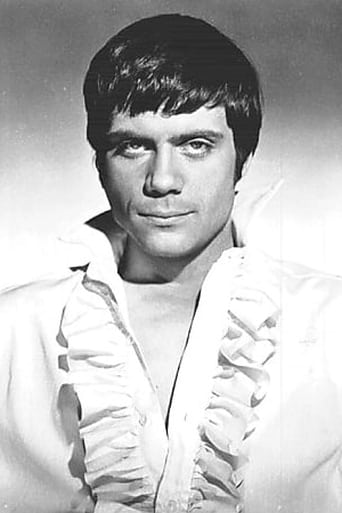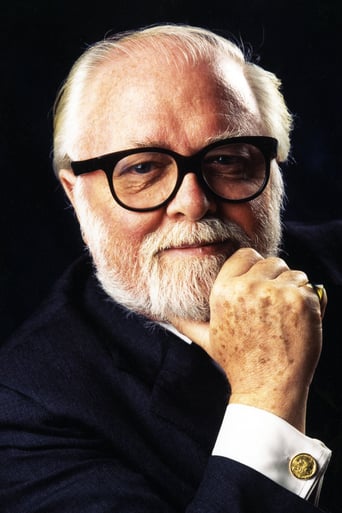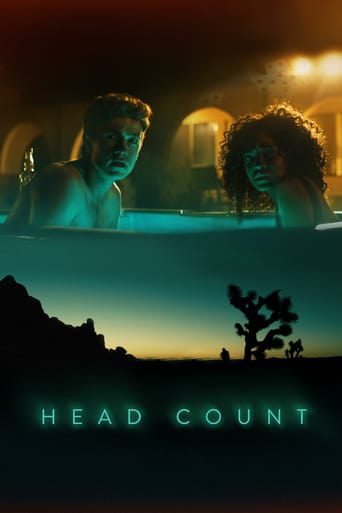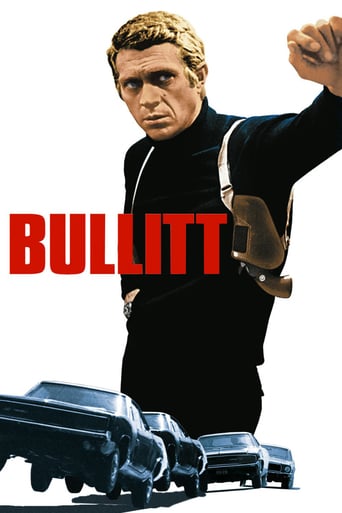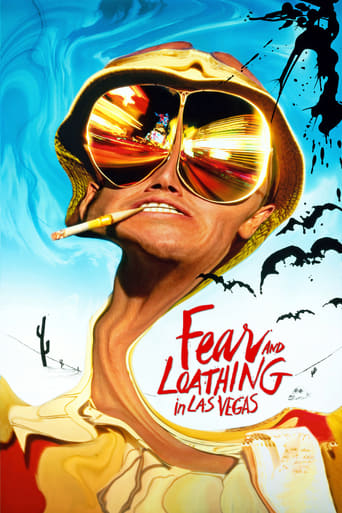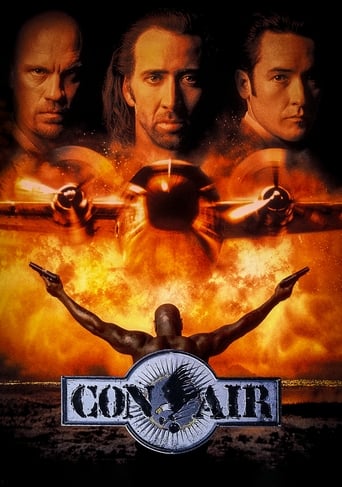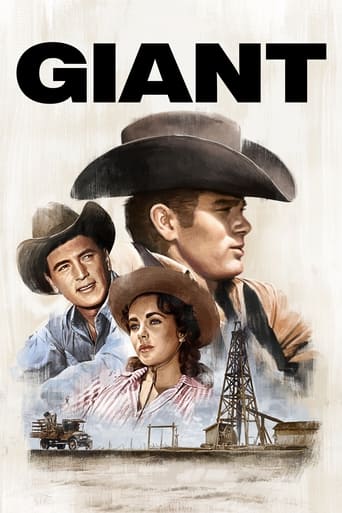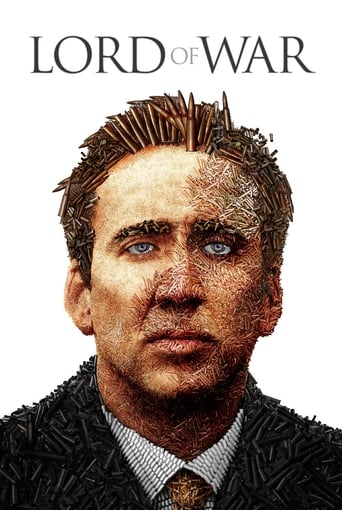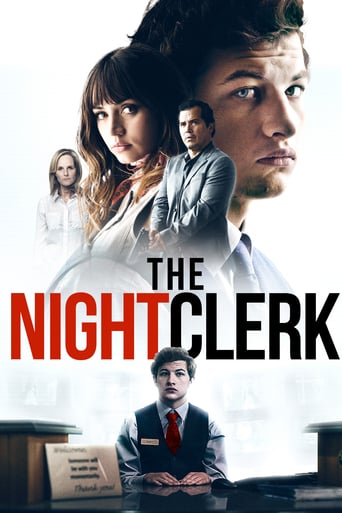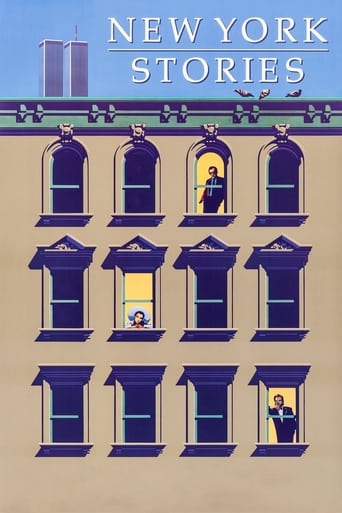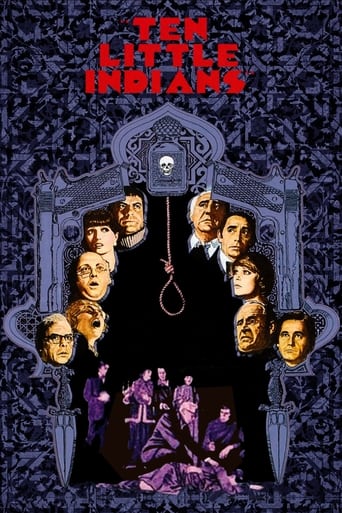

And Then There Were None (1974)
Ten people are invited to a hotel in the Iranian desert, only to find that an unseen person is killing them one by one. Could one of them be the killer?
Watch Trailer
Cast


Similar titles
Reviews
Harry Alan Towers, producer of schlock and international adventure on a low budget, is the man behind this reworking of the Agatha Christie novel, alternatively titled AND THEN THERE WERE NONE. It's a highly simplistic murder mystery, about a group of disparate types being bumped off one by one, so Towers goes all out in an attempt to attract audiences.He does this by assembling an ensemble cast of famous faces. You get a typically tough Oliver Reed as the heroic lead, and Elke Sommer as his love interest. In support we're handed the likes of Richard Attenborough and genre stalwart Herbert Lom playing against no less than two former Bond villains in Gert Froebe and Adolfo Celi. If that wasn't enough, there's a minor role for Euro crumpet Maria Rohm and some voice work for no less than Orson Welles.Directorial duties are handled adroitly by Brit director Peter Collinson, responsible for Michael Caine classic THE Italian JOB and Hammer psycho-thriller STRAIGHT ON TILL MORNING amongst other flicks. And it's a well paced and fairly mysterious affair, strong on predictability but also atmosphere and style. It's not a film that's going to win awards or anything, but it's definitely worth a watch.
This mediocre version of Agatha Christie's famous thriller has already been discussed extensively on this site and there is not much that I can add.It undoubtedly suffers from its ill-matched international cast, flying in to do their cameos and flying out again, without having time to build up any chemistry together. Moreover, any movie that casts Oliver Reed as a hero is always going to be in trouble. There are some gaping holes in the plot, which other reviewers have noted, but I suspect that these are the result of cuts being demanded by the producer in order to bring this somewhat torpid picture down to a releasable length.All this is fairly obvious, but I am surprised that nobody has commented on the curious way in which this movie was filmed. One reviewer did mention the large number of low angle shots (the camera is rarely above waist level) but that seems almost conventional besides Collinson's unaccountable decision to film the whole movie as a succession of lengthy takes in extreme long shot. This is particularly noticeable in the scenes in which the actors are dispersed over the huge hotel lobby and conversations take place so far from the camera that you are not always sure who is actually talking. In these wide angle, deep focus shots the camera is often completely static for a minute or more before tracking slowly around the edges the action. Occasionally, someone will walk right up to the camera and loom ominously over the audience before moving away again, but Collinson rarely cuts into the master shot in order to let us see a close up or a reaction.I cannot recall any other commercial movie being shot or edited in such a primitive way since the very early days of Silent cinema.Collinson was no novice when he made this movie, so all this must have been a deliberate decision on his part. I can only speculate about what he was trying to achieve. Perhaps he was bored with 'claustrophobic' thrillers and wanted to try and make one that was 'agoraphobic' instead. Maybe years of working in television had made him sick of shooting all those 'talking heads' and he wanted to see if he could tell a story without them. Who knows?Whatever his reasons might have been, I don't think this experiment really worked. The camera is so remote from the action that I found it difficult to get involved, either with the characters or what was happening to them. The picture has its moments of tension but overall it has a soporific, drifting, enervated feel that ultimately lulls you into indifference.On the other hand, its stylistic peculiarity might be the only reason to bother watching it today
... or rather a nightmare.******* SPOILERS ***************************** Some reviewers emphasize the apparent logic flaws of the script, and they're right: why did the guests accept that crazy invitation, why can't they organize themselves properly to survive or pay attention to the (very spare) clues they have, why does Mr Owen leaves some deaths (Martino's, Ilona's and the expected Lombard's death) to excessive chance, why do the guests accept so easily the fact there's no-one else in the house... OK.The guests' behaviour is sometimes far from logic, indeed, but these people make the experience of TOTAL FEAR, a feeling new to them. And fear paralyzes thought. If Armstrong had thought twice, he wouldn't have been influenced by the judge's remark about lights being constantly switched on and off which means they're both innocent. That remark doesn't prove anything, but we know that because we're sitting comfortably in our chair, while the doctor is sweating like a pig and begs the judge to spare him if he's Mr Owen. All characters end up acting like beasts in a trap. They sweat, they plead, they become violent, but they never think. They're as despicable as in the novel, and very well played by all for that reason.The only character who sits back before it's too late and re-thinks all the story over is Morley / Lombard. In the end he's got 3 seconds to find a plausible explanation, and does so. The rest of the guests are doomed from the beginning - or they think they are.That's why things are so easy for Mr Owen all the way through.Every character experiences the ultimate nightmare: the one which happens in real life. All the more that Mr Owen seems to be some sort of God, an almighty, elusive son of a b...: he sees Martino dying in the desert, he knows exactly where the General is in the ceiling (and that Ilona's not with him anymore), he pours cyanide in Raven's glass and lets him live long enough to confess his hideous crime... He's the eye in the sky, and the mouse under the bed in the same time. Take the camera angles: they suggest that someone is alternatively watching from above and below. The camera is rarely at the characters' level. This is no 70s' gratuitous gimmick, it's here for a reason. Mr Owen is no real being, he's the dust under the carpet, he's the walls, he's the ruins outside. He's everything, everywhere.Like a false God. But too self-assured, too confident in his abilities, in the superiority of his mind. He neglects the final step of his scheme and doesn't care to watch through Morley's shooting by Vera Clyde. What a mistake.Mr Owen doesn't exist, he's just a symbol of evil. A superior evil: bright, cold-blooded, paranoid, bloodthirsty. An enemy of mankind in the vein of Hitler, only to a lesser scale.The place where all the story takes place doesn't exist either: a 50-rooms palace in the middle of the desert, with no road, no life hundreds of miles around? Well...If you're not convinced, think of all the gaps that were not filled by the director - on purpose. What was the mysterious way of escape Martino was searching? How did Mr Owen made his way through the house without never being seen or heard? What story will the two survivors tell the police when it arrives: the truth (with what proof?)or will they invent a new story, accusing one another so that no-one will be able to incriminate any of them (good luck!)? All these points are not explained. Flaws? Who thinks Peter Collinson was dumb enough not to realize these flaws would show? They are here to suggest the viewer that he's not just watching another whodunit, but some surrealistic drama. Think about it, when you wake up in the morning, can you make perfect sense to all the dreams you made? Isn't it more important to analyze the impression they left on you? Like in the best giallos, some points remain blurred, some mechanisms are unclear, but it's not the point. We're not talking about logic here, we're talking about human weaknesses. A recurrent theme in Peter Collinson's movies, never treated as efficiently as in this first-rate chiller.
This was the third version of Agatha Christie's immensely popular "Ten Little Indians", the story of a group of strangers who are mysteriously invited to a remote hotel where they soon discover they are to face judgement for the crimes of their past.No stunning performances from the cast (which included Oliver Reed, Herbert Lom, Elke Sommer, Sir Richard Attenborough and the voice of Orson Welles) and some may find the music a little too much, but all this hardly matters as the real fun is trying to figure out who is bumping off all the guests.Christie fans will enjoy trying to crack her complex puzzle, in another good film murder-mystery lovers should relish.Sunday, September 19, 1993 - Video


